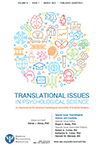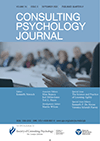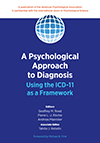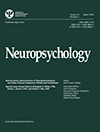Paul Seli, PhD, is falling asleep. As he nods off, a sleep-tracking glove called Dormio, developed by scientists at the Massachusetts Institute of Technology, detects his nascent sleep state and jars him awake. Pulled back from the brink, he jots down the artistic ideas that came to him during those semilucid moments.
Seli is an assistant professor of psychology and neuroscience at the Duke Institute for Brain Sciences and also an artist. He uses Dormio to tap into the world of hypnagogia, the transitional state that exists at the boundary between wakefulness and sleep. In a mini-experiment, he created a series of paintings inspired by ideas plucked from his hypnagogic state and another series from ideas that came to him during waking hours. Then he asked friends to rate how creative the paintings were, without telling them which were which. They judged the hypnagogic paintings as significantly more creative. “In dream states, we seem to be able to link things together that we normally wouldn’t connect,” Seli said. “It’s like there’s an artist in my brain that I get to know through hypnagogia.”
The experiment is one of many novel—and, yes, creative—ways that psychologists are studying the science of creativity. At an individual level, creativity can lead to personal fulfillment and positive academic and professional outcomes, and even be therapeutic. People take pleasure in creative thoughts, research suggests—even if they don’t think of themselves as especially creative. Beyond those individual benefits, creativity is an endeavor with implications for society, said Jonathan Schooler, PhD, a professor of psychological and brain sciences at the University of California, Santa Barbara. “Creativity is at the core of innovation. We rely on innovation for advancing humanity, as well as for pleasure and entertainment,” he said. “Creativity underlies so much of what humans value.”
In 1950, J. P. Guilford, PhD, then president of APA, laid out his vision for the psychological study of creativity (American Psychologist, Vol. 5, No. 9, 1950). For half a century, researchers added to the scientific understanding of creativity incrementally, said John Kounios, PhD, an experimental psychologist who studies creativity and insight at Drexel University in Philadelphia. Much of that research focused on the personality traits linked to creativity and the cognitive aspects of the creative process.
But in the 21st century, the field has blossomed thanks to new advances in neuroimaging. “It’s become a tsunami of people studying creativity,” Kounios said. Psychologists and neuroscientists are uncovering new details about what it means to be creative and how to nurture that skill. “Creativity is of incredible real-world value,” Kounios said. “The ultimate goal is to figure out how to enhance it in a systematic way.”






